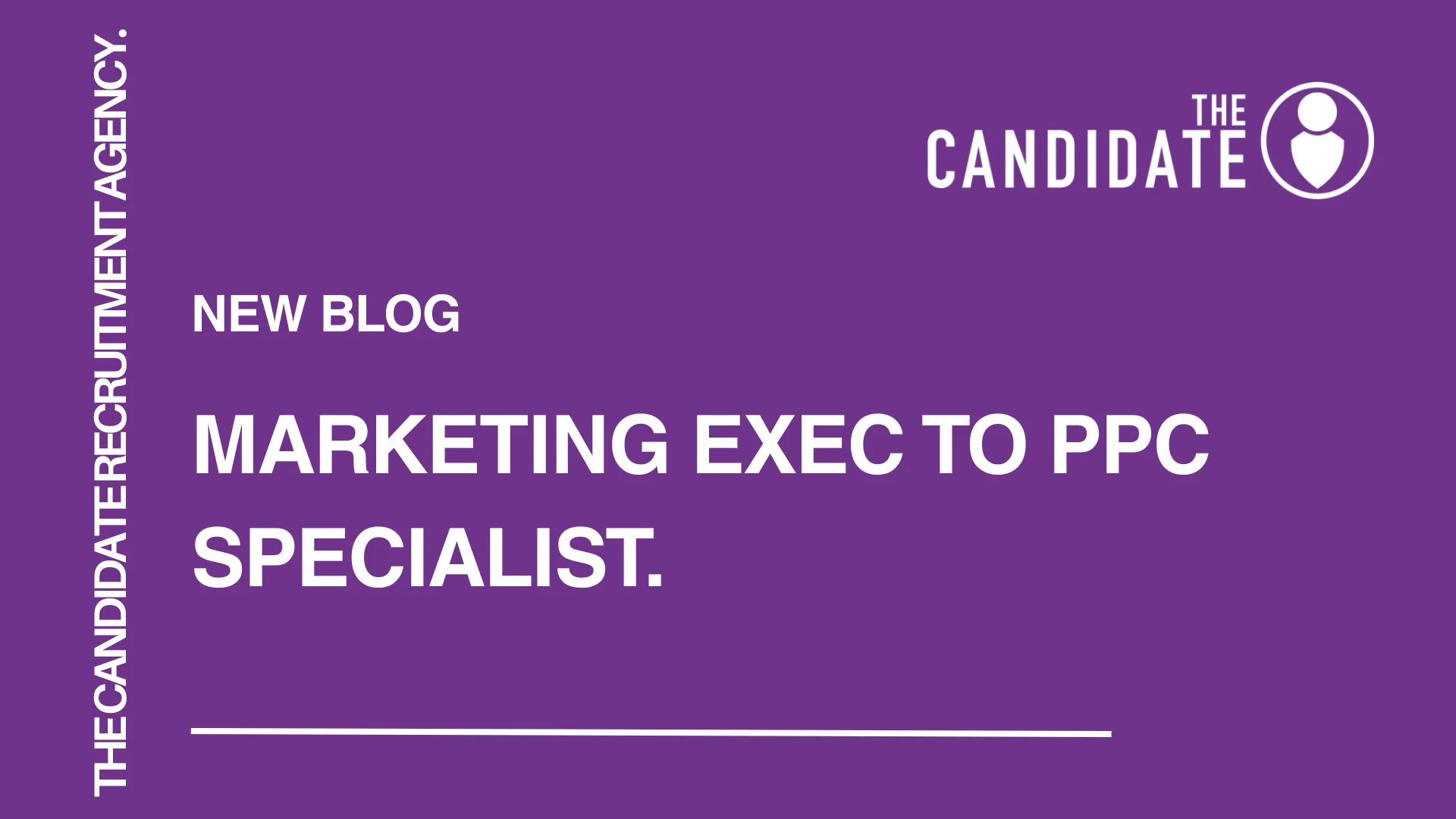
Molly Watt, Accessibility & Usability Consultant at Nexer Digital, is a keynote speaker and blogger who champions disability inclusion across organisations. In this article, she explains why all businesses should prioritise accessibility and diversity.
Molly WattNexer Digital

Molly Watt, Accessibility & Usability Consultant at Nexer Digital
Molly WattNexer DigitalDisability inclusion in the workplace has seen tremendous strides in recent years. Not only has it become a more widely discussed topic in general, but the benefits of hiring more diversely are now understood and accepted, leading businesses to think innovatively about supporting disabled employees.
Despite progress being made to level the playing field for those with disabilities, there are still shortfallings when it comes to employment opportunities. According to the latest figures, almost a quarter (22%) of business leaders have said that they are unlikely to hire candidates with known disabilities. This is a shocking figure for a modern workplace, which should champion inclusivity and understand the benefits of a diverse workforce.
figuresEmployers are becoming more aware of the practical considerations they need to make to support disabled employees, such as accessible buildings and the appropriate assistive tech, but more work needs to be done to shift the perception of disability in the workplace. This must start from the outset, ensuring that the hiring process sees disability in all forms as an opportunity rather than a limitation.
What disabled recruits bring to a workforce
Disabled recruits diversify teams and in turn, have a huge amount to offer businesses. First of all, they can be integral in the development and evaluation process, helping to make products and services offered by a company genuinely beneficial to more people. This is due to different points of view, perspectives and backgrounds involved in processes that address disabled needs and ensure usability and appeal to more demographics. The same can be said for improving existing products to become more inclusive.
In addition to team contributions, a committed approach to inclusion that is not simply a vanity or checkbox exercise can boost a company’s employer brand. By being transparent about forward-thinking through robust diversity strategies, firms become more appealing to both disabled and non-disabled talent.
Finally, inclusivity encourages business leaders and employees to assess their own biases and prejudices around disability, which is something that benefits everyone as although it may start in the workplace, it will become translated to other areas of life too.
Addressing the barriers to disability recruitment
There are several reasons why those with disabilities face barriers to employment, not all necessarily linked to overt discrimination. Some businesses may avoid hiring new recruits with a disability due to unconscious bias, or regular bias, but other businesses may feel unequipped to meet the needs of those with a disability. There may be cost associated with accommodating a disabled person’s needs that an employer may want to avoid, or they may feel that they are lacking the resources to adequately support.
Despite these costs and additional need for support, it is absolutely worthwhile for a business and something they should prioritise. However, a business needs to be set up to allow disabled employees to thrive in the first instance. This could include mandatory diversity and inclusion training for all employees and having a workplace accessibility audit carried out for professional insight on areas for improvement.
Maintaining a standard of accessibility in the recruitment process
Approximately 1 billion (one in seven) of the world’s population have a disability, which is more people than those with blue eyes, including 21% of working-age adults. Eight in ten acquire their disability between the ages of 18 and 64, typical working age, and are 50% less likely to be employed. By excluding disabled people in hiring processes, businesses are reducing their hiring pool and ignoring talent, which is a big mistake, especially for those who are facing a talent shortage.
one in seven21% of working-age adultsEight in tenAccessibility needs to be thought of during every stage of hiring, starting with the webpage potential employees use to find and apply for jobs. If disabled applicants have to wrestle with inaccessible websites, chances are they won’t apply, excluding them from opportunities and causing employers to miss out on talent.
The Web Content Accessibility Guidelines are an internationally recognised and adopted set of recommendations for improving web accessibility, covering four core principles: ensuring content is perceivable, operable, understandable and robust. Using these guidelines as a benchmark will help to make this first step of the recruitment inclusive.
What a disabled person may need must be closely considered in any communications and throughout the hiring process. For example, don’t offer a candidate with hearing loss a phone interview when they might benefit more from lip reading in person or on a video call and ensure an in-person interview with someone with a motor disability isn’t only accessible by stairs. When interviewing autistic candidates, try to remove or reduce any potential sensory triggers in the environment. As a general rule, ask the candidate what they may need in advance to make the interview process more comfortable for them.
Interviewers should have undertaken D&I training so they are aware of and can address biases. Don’t forget that the prospective employee will be paying attention to this during the process – if they feel they are accommodated for and understood, the more likely they are to want to give their skills to the company.
Why businesses need to prioritise inclusion
Attitudes towards disability in society and the workplace have progressed in recent years. We’ve seen a significant shift in how those with disabilities are treated at work and beyond, but there is always room for improvement. A momentum of progress has been formed and this needs to be maintained and expanded upon in the future.
Workplaces benefit from additional inclusive practices and advancements, and business leaders have a responsibility to ensure their workplaces are suitably equipped from both an accessibility and workplace culture point of view. This means a suitable recruitment process that champions equality, accessible spaces and tools upon employment, and overall, a workplace that is welcoming and supportive of all types of people.
About Molly Watt
Molly was born deaf and lost her sight at the age of 14 due to a condition called Usher Syndrome. She now relies on a guide dog and other various accessibility tools to support her and allow her to be independent.
As well as her work as a Usability and Accessibility Consultant at Nexer Digital, a human-centred design agency, Molly gives talks about living as a Deafblind person, the challenges this entails and the progress that still needs to be made in accessibility and inclusion. In addition, she is a trustee at the Molly Watt Trust, working to raise awareness of Usher Syndrome and the importance of assistive technology
Nexer Digital
Thank you Molly!
If you would like to feature on our blog, get in touch!
Read our latest news here.
here.Check out our digital jobs here.
here.Take a look at our marketing roles here.
here.Check out all our job opportunities in Technology here!
here!Fancy a new analytics challenge? Click here!
Click here!If you're looking for a new role, get in touch with us today!
get in touchIf it’s creative roles that you are after, click here.
Progress your career with a brand new Contract role? Click here!
Click here!
To get the very latest jobs, news and blogs follow The Candidate on Linkedin here!
The Candidate on Linkedin here!

